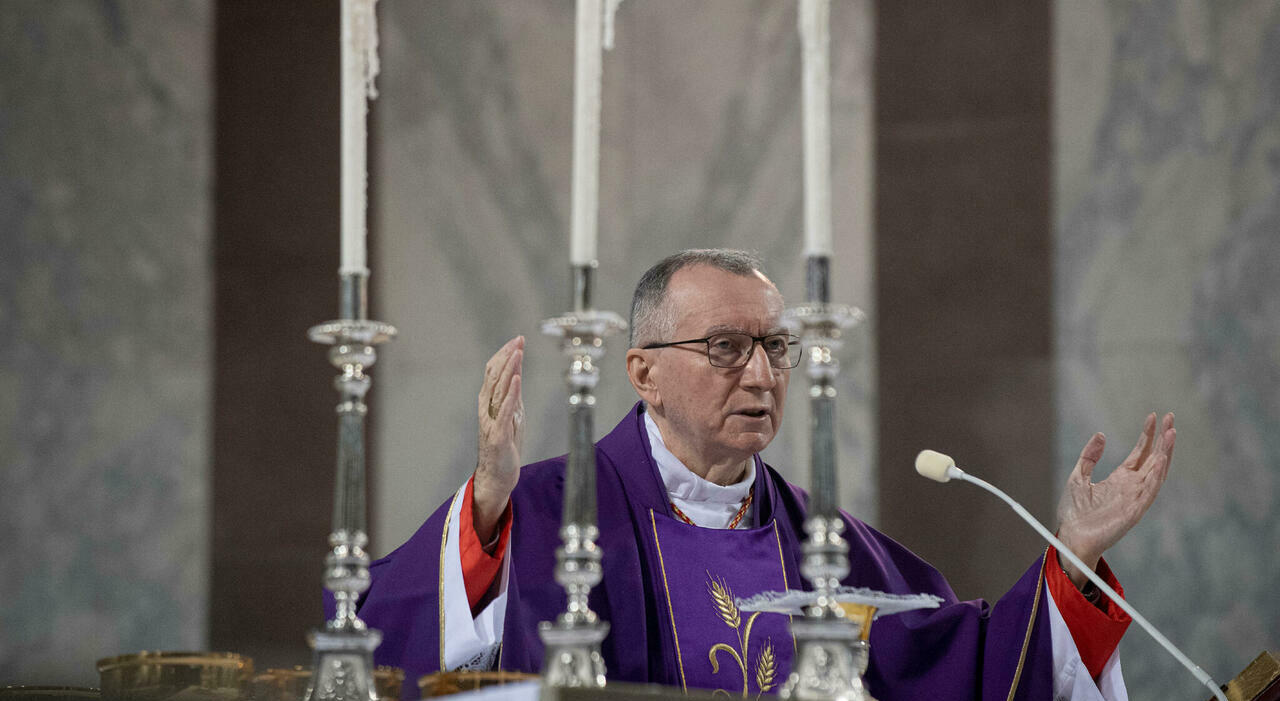Wednesday 5 October 2022, 12:22 - Last updated: 25 April, 14:28
Vatican City - From the information you have in the Vatican, do you think there is actually a nuclear risk? "It's hard to say. From what is read there is nothing new compared to what we know, and from what President Putin has always said." Cardinal Pietro Parolin, Pope Francis's top collaborator, does not hide his concern. He is just back from a meeting with Russian Foreign Minister Sergey Lavrov in New York last week and responds to the disturbing hypotheses that have circulated in these hours in the English press, on a possible escalation of the conflict in Ukraine, with possible nuclear tests at the border.
Nuclear bomb, General Tricarico: "Concrete threat, we risk a hundred Twin Towers"
Did you get to talk about it with Lavrov at the Glass Palace?
"The Russian foreign minister expressed the position already highlighted in front of the Security Council. A substantial reproach to the West for having done nothing when Donbass was the scene of a low-intensity conflict; for not having, that is, condemned Ukraine's attitude and the non-respect of the rights of the Russian-speaking minorities. In practice, he made a long analysis on the Western attitude that did not condemn the framework that was being outlined."
Was the meeting requested by Minister Lavrov or you?
"I asked for it to express the concern of the Holy See and reiterate the possibility already expressed by the Holy Father that we are always ready to facilitate a dialogue."
The cardinal answered to the Messenger after presenting the docu-film on Laudato Si, the social encyclical on the environment. In a speech held for the occasion - it was a world premiere - he repeated that it is necessary "to promote and encourage international cooperation today more than ever, especially at a time like this marked by a weakening of multilateralism. Moreover, this framework brings climate issues and ecological risks into the background, almost overshadowed, precisely because of an inability to identify an authentic dialogue and consensus."
The overall picture of the military drift is disturbing and does not allow for peaceful sleep. In recent days Vladimir Putin - who controls the world's largest nuclear arsenal - stated that he has "all the powers and means to defend Russia." He also added that the United States has set "a precedent" when they dropped two atomic bombs on the Japanese cities of Hiroshima and Nagasaki in 1945.
In fact, Russia is the largest nuclear power in terms of the number of warheads. It is estimated to have 5,977, while the United States has 5,428, according to the Federation of American Scientists. These figures include stored and retired warheads, but both Russia and the United States have enough firepower to destroy the world many times over. Even though Russia and the United States have dismantled thousands of warheads, they still have 90% of the world's total nuclear weapons.
To this is added that Russia has 1,458 strategic nuclear warheads deployed - or ready to fire - and the United States has 1,389, according to the latest publicly declared data. These warheads are located on intercontinental ballistic missiles, submarine-launched ballistic missiles, and strategic bombers. As for tactical nuclear weapons, Russia has about 10 times the number of the United States. About half of the 200 US tactical nuclear weapons are deployed at bases in Europe. The US tactical nuclear weapons have adjustable yields from 0.3 to 170 kilotons. (The atomic bomb dropped on Hiroshima was equivalent to about 15 kilotons).
© ALL RIGHTS RESERVED
This article is automatically translated
